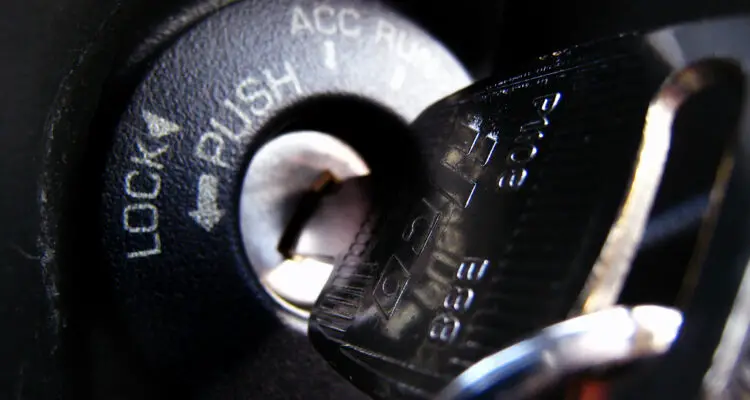Imagine the frustration of getting behind the wheel, turning the key with anticipation, only to be met with silence or a feeble clicking sound. If your car won’t turn over but has power, don’t panic. Understanding the potential causes and implementing the right solutions can save you time, money, and stress.
In this blog post, we’ll delve into the 14 most common reasons for a non-starting car, provide practical solutions, address frequently asked questions related to car won’t turn over but has power, and equip you with valuable knowledge to overcome this frustrating situation.
Unraveling the Mystery: 14 Culprits Behind a Non-Starting Car
- Dead Battery: Look for signs like unresponsive dashboard lights, dimming headlights, or a silent engine. Jumpstart the battery or consider replacing it.
- Loose Battery Connection: Ensure the battery connections are tight and free from corrosion.
- Faulty Alternator: Dim interior lights and a burning smell could indicate a malfunctioning alternator. Have it checked and replaced if necessary.
- Gear Position: Verify that your car is in park or neutral before attempting to start it.
- Bad Fuse: Inspect and replace damaged or blown fuses that may be affecting the starter relay.
- Failed Fuel Pump Relay: Stalling or uneven acceleration might indicate a faulty fuel pump relay. Swap relays or seek professional assistance.
- Ignition Switch Issues: Difficulty turning the key or flickering dashboard lights could be a sign of a faulty ignition switch. Consider a lighter keychain or consult a mobile auto repair service.
- Empty Key Fob Battery: Replace the key fob battery or consult a mechanic if the engine fails to start.
- Broken Starter Motor: Grinding noises and slow engine cranks point to a damaged starter motor. Have it replaced by a professional.
- Damaged Spark Plug or Faulty Distributor Cap/Rotor: Reduced fuel economy and rough idling can result from these issues. Have a mechanic inspect and replace them if needed.
- Snapped Timing Belt: A broken timing belt can render the engine inoperable. Seek professional assistance for a belt replacement.
- Empty Fuel Tank: Double-check the fuel level and ensure the accuracy of the fuel gauge.
- Clogged Fuel Filter: Follow manufacturer recommendations to change the fuel filter and use high-quality gasoline.
- Bad Ground Cable Wiring: Visually inspect the ground cable and replace it if damaged.
Frequently Asked Questions (FAQs)
If your car won’t turn over but has power, you might have questions. Here are some FAQs to provide further clarity:
- How to Start a Car with a Bad Starter: Check the starter’s wires and connections. Gently tap the starter with a hammer to realign the internal components.
- Signs of a Failing Alternator: Look out for a dead or dying battery, dimmed lights, burning smells, strange noises, or stalling while driving.
- Testing a Car Battery: Use a multimeter set to 20V DC to measure voltage. A reading below 12.2 volts indicates a weak battery.
- Why Is the Battery Light On?: The battery light can indicate a dying or bad battery, an issue with the alternator, corroded battery terminals, or wiring problems.
- Common Sensors That Affect Starting: Sensors like the crankshaft position sensor, camshaft position sensor, fuel pressure sensor, and manifold absolute pressure sensor can cause starting problems if faulty.
Mastering the Car Starting Process
Understanding the car starting process helps diagnose potential issues. Turning the key engages the starter motor, while the alternator provides electrical power. Any disruption in these steps can prevent the engine from starting.
Next Steps When All Else Fails
If all troubleshooting attempts fail, it’s advisable to seek professional help. Advanced diagnostic tools and expertise may be necessary to resolve complex issues.
Don’t let a non-starting car leave you stranded and stressed. Armed with this comprehensive guide, you can tackle the challenge head-on. Get ready to overcome the “Car Won’t Turn Over But Has Power” dilemma and hit the road with confidence.







